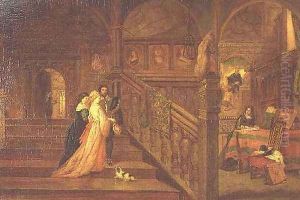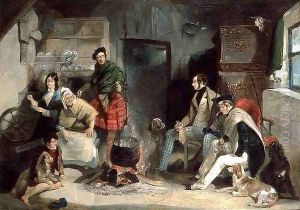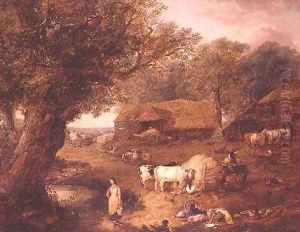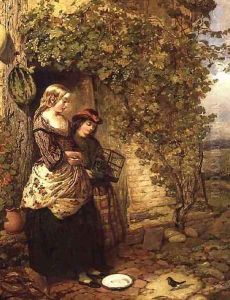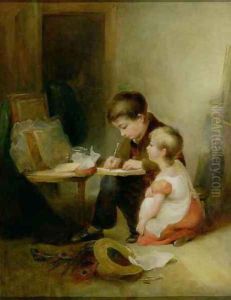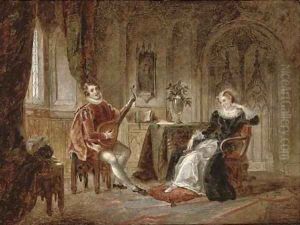John Frederic Passmore Paintings
John Frederic Passmore was an Australian painter and printmaker, known for his contributions to the development of Australian art in the 20th century. Born on June 4, 1904, in Manly, New South Wales, he showed an early interest in art and went on to study at the Julian Ashton Art School in Sydney. His early work was influenced by the impressionist and post-impressionist movements, but he eventually developed a distinctive style that incorporated elements of abstraction and expressionism.
Passmore's career spanned several decades, during which he explored various themes and techniques. Initially, his work focused on figurative subjects and landscapes, but as his style evolved, he began to incorporate more abstract elements. His later works are characterized by their bold use of color, dynamic brushwork, and the integration of geometric forms.
Throughout his life, Passmore was actively involved in the Australian art community. He served as a teacher at the National Art School in Sydney, where he influenced a generation of Australian artists. His teaching methods emphasized the importance of understanding the underlying structure of the subject and the role of color and form in creating a composition.
Passmore exhibited widely both in Australia and internationally, and his work is held in numerous public collections, including the National Gallery of Australia and the Art Gallery of New South Wales. He received several accolades for his contributions to Australian art, including the Wynne Prize for landscape painting.
John Frederic Passmore's legacy is that of an innovator who helped to shape the course of Australian art in the 20th century. His unique blend of figurative and abstract elements, along with his dynamic use of color, has earned him a lasting place in the annals of Australian art history. Passmore passed away on August 14, 1984, leaving behind a body of work that continues to be celebrated and studied for its originality and artistic impact.
